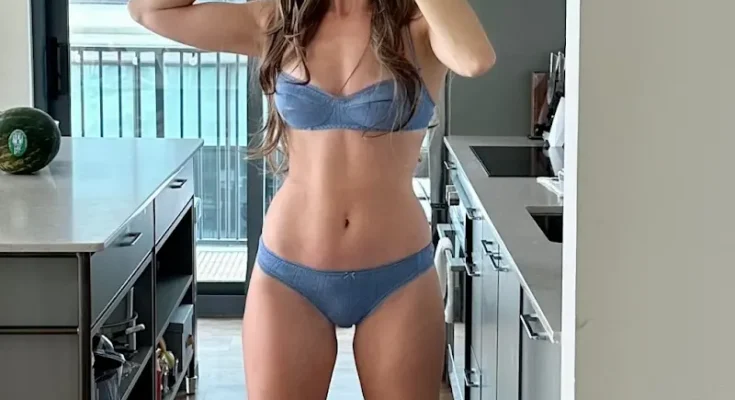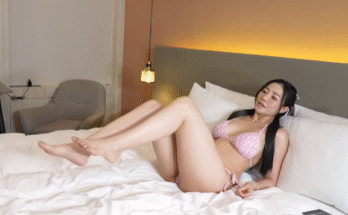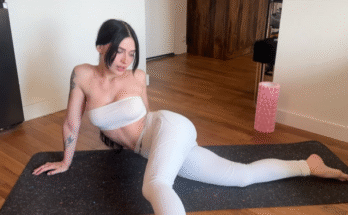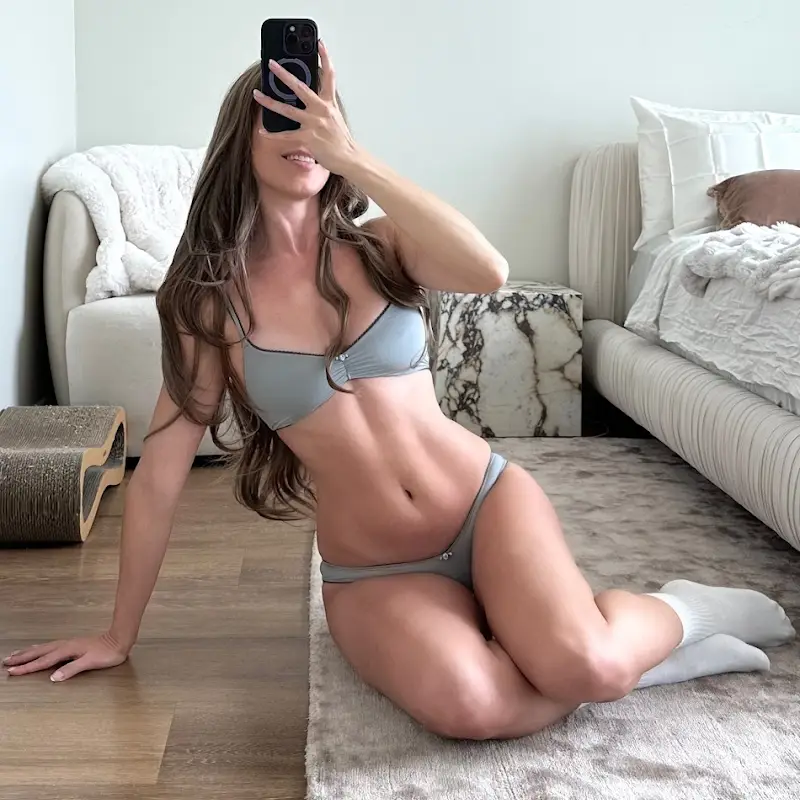
In today’s busy world, many of us spend hours sitting in front of a desk, driving, or looking down at our phones. These habits often lead to tight hips, stiff backs, and poor posture. Over time, this can cause discomfort, reduced mobility, and even chronic pain. A mindful yoga flow designed specifically for the hips and back can be a wonderful way to restore flexibility, release built-up tension, and re-energize the body. This flow not only targets the muscles around your hips and spine but also helps improve circulation, calm the mind, and enhance your overall sense of well-being.
This article will guide you through the Hips & Back Stretching Yoga Flow, explaining the importance of each posture, how to perform it safely, and how it benefits your body. By the end, you will have a complete sequence that you can practice at home whether you are a beginner or experienced yogi.
Why Focus on the Hips and Back?
The hips and back are central to how our body moves and feels. The hips act as a foundation for our pelvis, and when they become tight, they restrict motion and affect the entire lower body. Hip tightness is often linked to lower back pain, since the muscles and connective tissues are interconnected.
The back, especially the spine, supports our posture and daily movement. A flexible and strong back is essential for bending, twisting, lifting, and sitting comfortably. When combined, hip and back stretches create harmony between stability and mobility. They balance the body and allow energy to flow freely, reducing stiffness and enhancing relaxation.
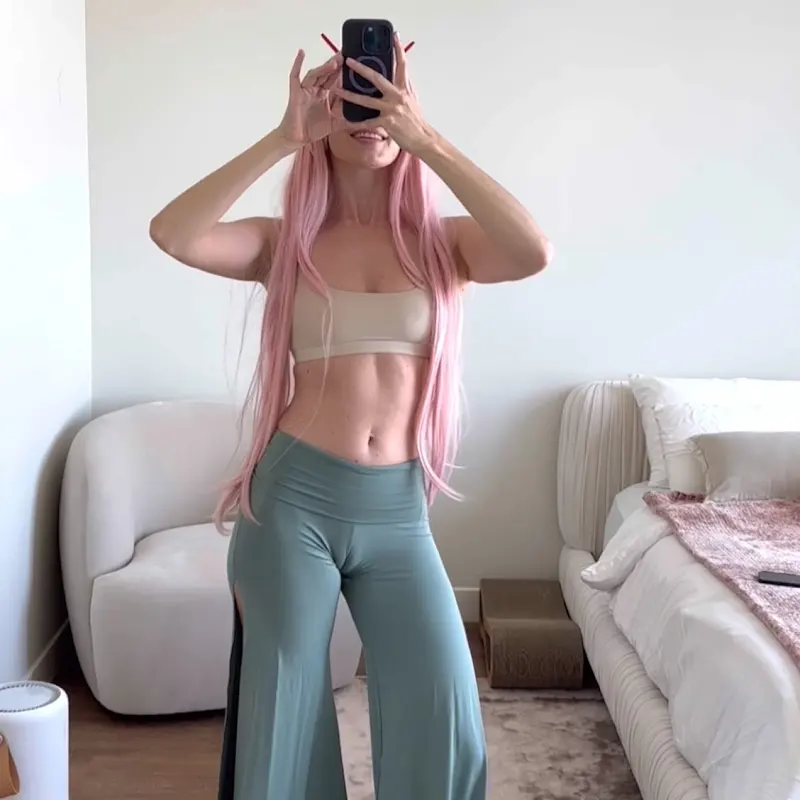
Preparing for the Flow
Before starting, find a quiet space where you won’t be disturbed. Use a yoga mat for cushioning and support. Wear comfortable clothes that allow free movement. Begin with a few moments of deep breathing—inhale through the nose, exhale through the mouth—to relax your body and prepare mentally for the practice.
The Yoga Flow Sequence
1. Cat-Cow Stretch (Marjaryasana-Bitilasana)
- How to do it: Start on all fours, with your wrists under your shoulders and knees under your hips. Inhale, arch your back, drop the belly, and lift your head and tailbone (Cow Pose). Exhale, round the spine, tuck the chin, and pull the belly in (Cat Pose).
- Benefits: Warms up the spine, increases flexibility in the back, and gently mobilizes the hips.
- Time: Repeat for 6–8 slow breaths.
2. Child’s Pose (Balasana)
- How to do it: From all fours, spread your knees wide while keeping the big toes touching. Sit back onto your heels and stretch your arms forward, resting your forehead on the mat.
- Benefits: Releases tension in the back, lengthens the spine, and gently opens the hips.
- Time: Hold for 5–8 breaths.
3. Low Lunge (Anjaneyasana)
- How to do it: Step your right foot forward between your hands, keeping the left knee on the mat. Press your hips forward, lifting your chest and arms overhead if comfortable.
- Benefits: Stretches hip flexors, quadriceps, and lengthens the lower back.
- Time: Hold for 5 breaths on each side.
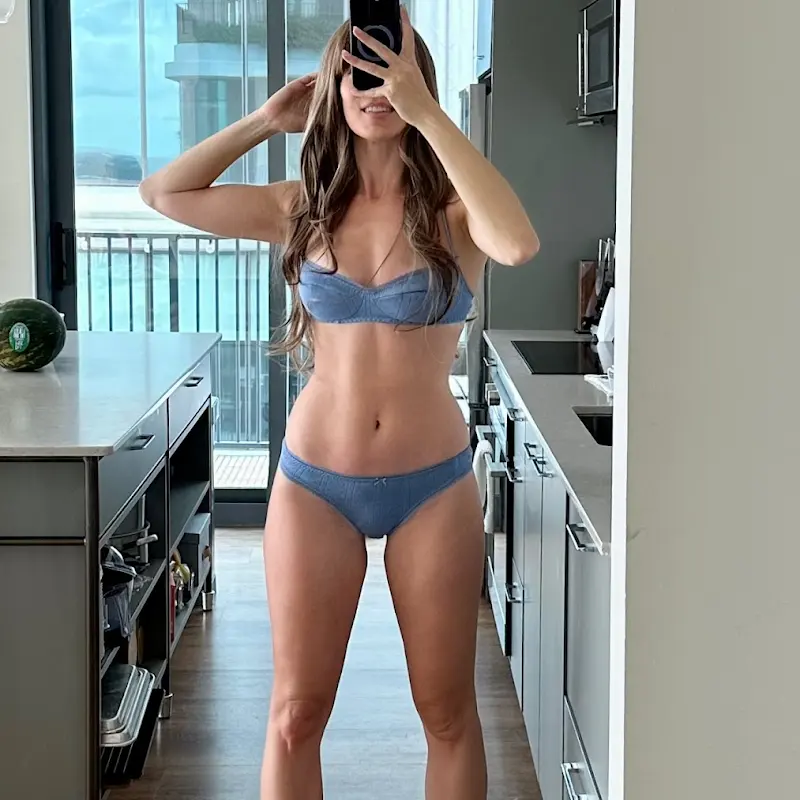
4. Pigeon Pose (Eka Pada Rajakapotasana Variation)
- How to do it: From downward dog, bring your right knee forward and place it behind your hands, shin angled slightly. Extend the left leg back, lowering the hips toward the floor. Rest your torso on the mat or blocks if needed.
- Benefits: Deeply opens the hips and glutes, relieves lower back stress, and improves circulation.
- Time: Hold 5–8 breaths each side.
5. Seated Forward Fold (Paschimottanasana)
- How to do it: Sit with legs extended in front of you. Inhale, lengthen the spine, and exhale as you fold forward, reaching for your feet or shins.
- Benefits: Stretches the back muscles, hamstrings, and calms the nervous system.
- Time: Hold for 6–8 breaths.
6. Supine Twist (Supta Matsyendrasana)
- How to do it: Lie on your back, hug your knees to your chest, then drop them to one side while extending your arms out in a T-shape. Keep both shoulders grounded.
- Benefits: Releases spinal tension, massages abdominal organs, and stretches the hips.
- Time: Hold 5–7 breaths per side.
7. Happy Baby Pose (Ananda Balasana)
- How to do it: Lying on your back, draw your knees toward your chest. Hold the outer edges of your feet, ankles, or shins. Open your knees wider than your torso and gently rock side to side.
- Benefits: Opens the hips, relaxes the lower back, and releases stored tension.
- Time: Hold for 6–8 breaths.
8. Bridge Pose (Setu Bandhasana)
- How to do it: Lie on your back, bend your knees, and place your feet flat on the mat, hip-width apart. Inhale, press through the feet, and lift your hips toward the ceiling. Interlace your fingers beneath you if possible.
- Benefits: Strengthens the back, stretches hip flexors, and improves circulation.
- Time: Hold for 5 breaths, repeat twice.
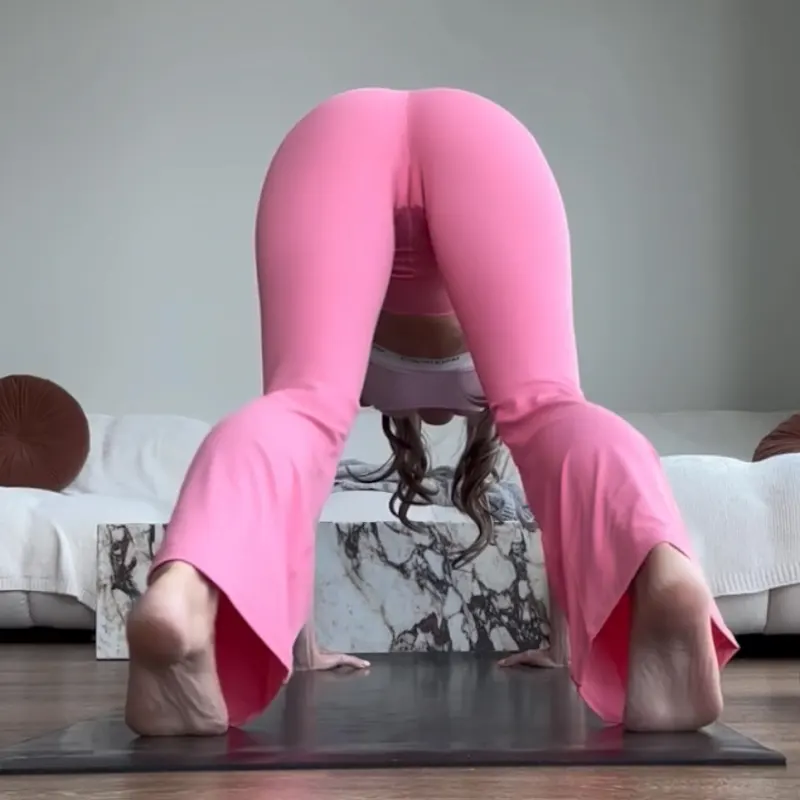
9. Reclined Bound Angle Pose (Supta Baddha Konasana)
- How to do it: Lie on your back, bring the soles of your feet together, and let the knees drop open. Place your hands on your belly or by your sides.
- Benefits: Gently opens the hips, relaxes the lower back, and promotes deep relaxation.
- Time: Stay for 1–2 minutes with slow breathing.
Cooling Down & Relaxation
End the flow with Savasana (Corpse Pose)—lying flat on your back with arms relaxed by your sides. Close your eyes, take deep breaths, and let your body absorb the benefits of the practice. Stay for at least 3–5 minutes.
Tips for Practicing Safely
- Listen to your body – Never force a stretch. Move slowly and respect your limits.
- Use props if needed – Blocks, pillows, or blankets can help you modify poses and stay comfortable.
- Breathe deeply – Smooth and steady breathing enhances relaxation and deepens stretches.
- Be consistent – Practicing this flow regularly, even for 15–20 minutes, can improve long-term flexibility and back health.
- Modify when in pain – If you feel sharp pain, ease out of the pose and try a gentler variation.
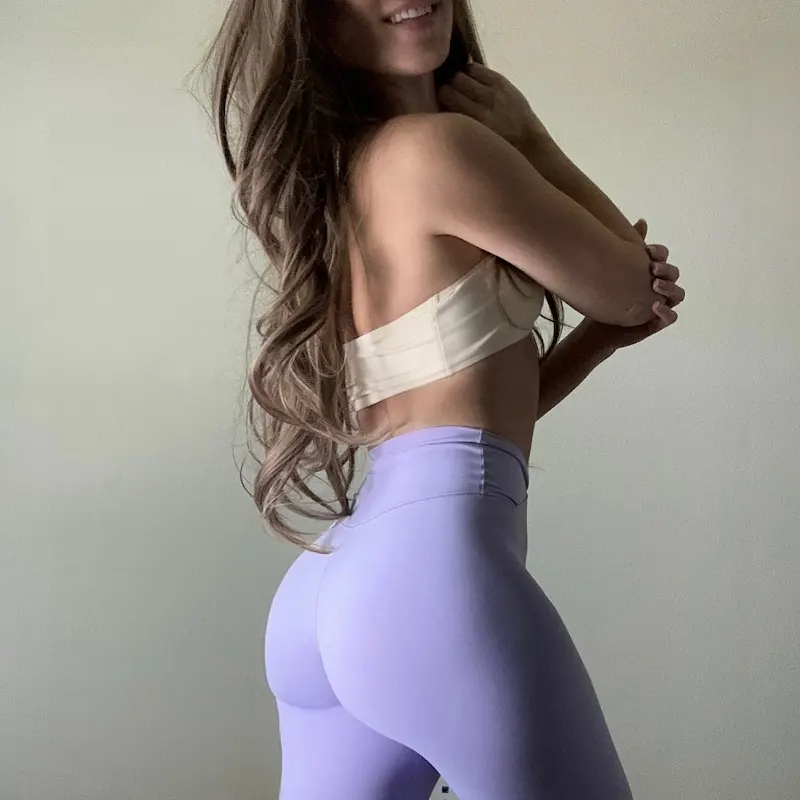
The Mind-Body Connection
Stretching the hips and back isn’t only about physical release. Many yoga practitioners believe that the hips are an emotional storage area, where stress and unresolved feelings build up. By practicing hip-opening and back-stretching poses, you might also experience emotional release, leading to a sense of lightness and mental clarity.
Yoga teaches us that the spine is the pathway for energy flow. When it is free from stiffness, both body and mind feel more balanced and open. Combining breath, movement, and mindfulness makes this sequence a holistic practice that benefits far beyond flexibility.
Conclusion
The Hips & Back Stretching Yoga Flow is a soothing yet powerful sequence for anyone who wants to release stiffness, improve posture, and bring balance into daily life. By practicing regularly, you can feel lighter in your hips, freer in your back, and calmer in your mind.
Whether you’re recovering from a long workday, preparing for deeper yoga practice, or simply looking to restore energy, this flow can be your go-to sequence. With consistency, patience, and mindful breathing, you’ll find both your body and spirit becoming more open, flexible, and strong.
